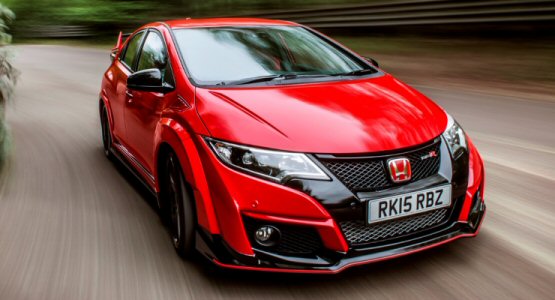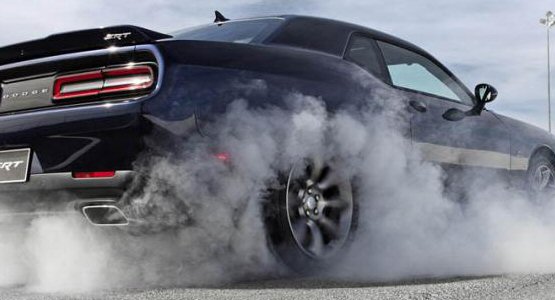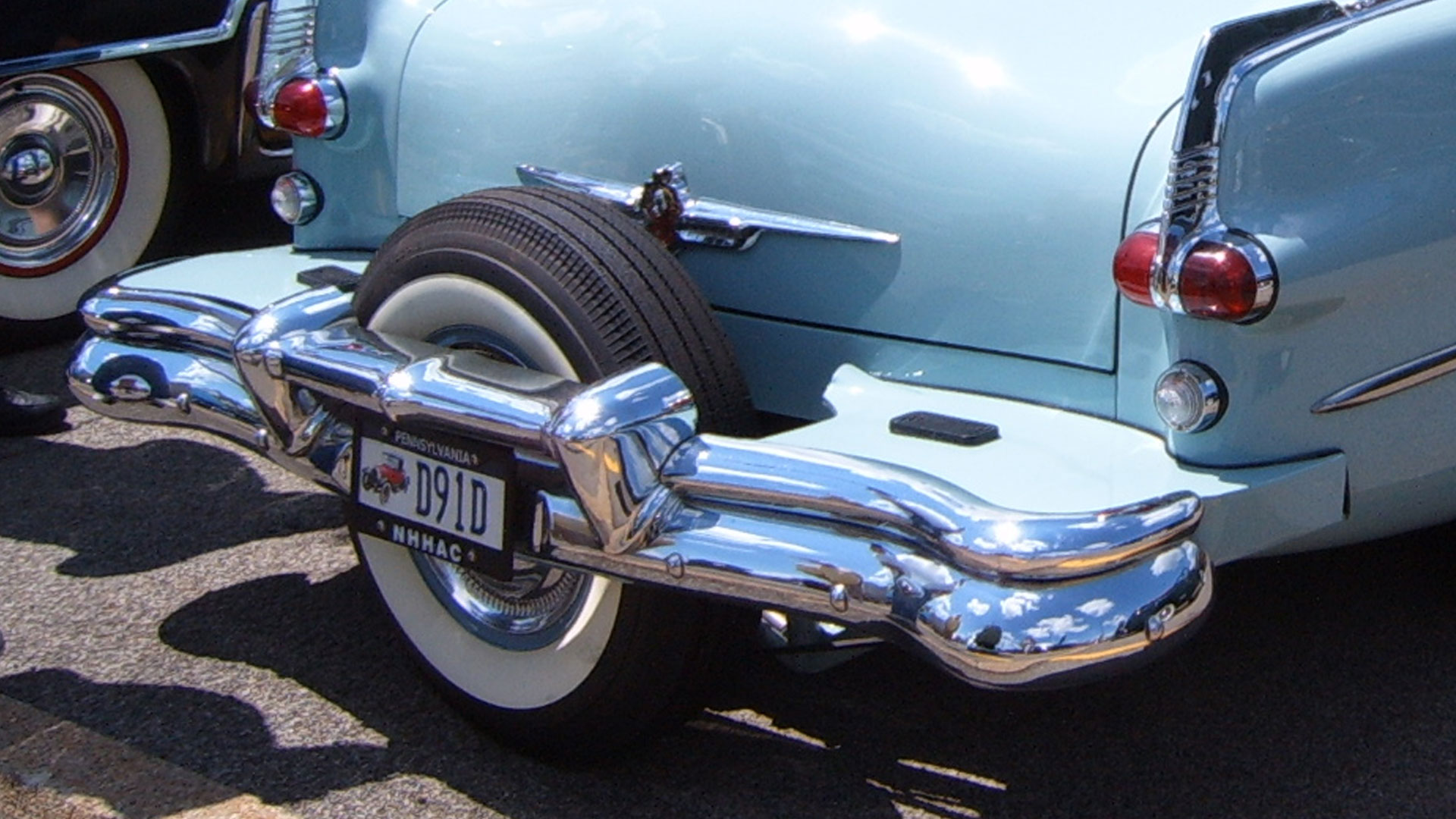The Science of Car Handling
If you’ve ever sat in a go-cart, you would be forgiven for thinking that making a car go around corners is a trivial task. How complex can it be? Just rotate the two front wheels to be pointing where you want the vehicle to go. Simple, right?
Wrong!
When it comes to handling, cars are some of the most complicated and intricate beasts around and there’s a reason why no one rides a tiny go-cart to work every day.
A car manufacturer’s initial concern when producing an automobile is to make the car comfortable to drive. They do this by giving the car suspension – wheels that dynamically move up and down independently of the body of the car.
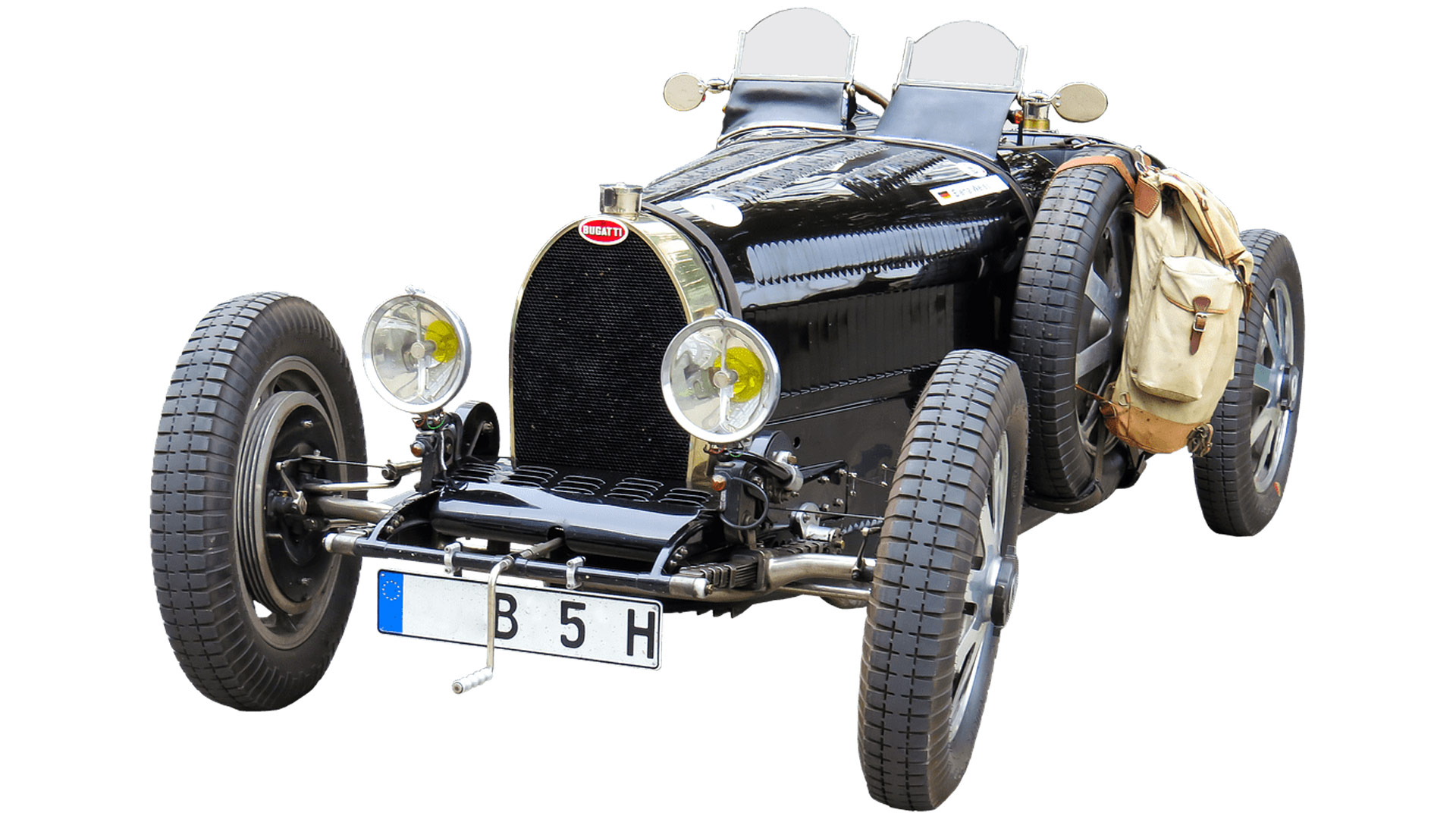
Suspension has evolved a lot since the early days of an axle mounted on a spring. Now it’s a complex system of double wishbone suspension with adjustable coil-overs and other complicated words.
To the uninitiated, it may seem like the best suspension would be the softest suspension, like driving a cloud. This is what a lot of older luxury cars used to do in order to provide comfort. Classic Limousines, Cadillacs and Chevrolets were all known for having soft (very comfortable) suspension.
However, when you get to a corner (or braking and acceleration), the entire body of the car wants to roll in the opposite direction. Not only does this make the occupants of the vehicle uncomfortable but the weight shift removes grip from the tires and reducing the car’s ability to handle and compromises safety.
The science of car handling lies within providing flexible comfort under normal driving and rigid sportiness when driving around corners. This is one of the defining characteristics of a high end saloon or sports car, their flexibility to adapt to road conditions and driving styles makes them great all-rounders in car handling. They have complex suspension geometry and components that help keep the car flat on the road, yet comfortable.
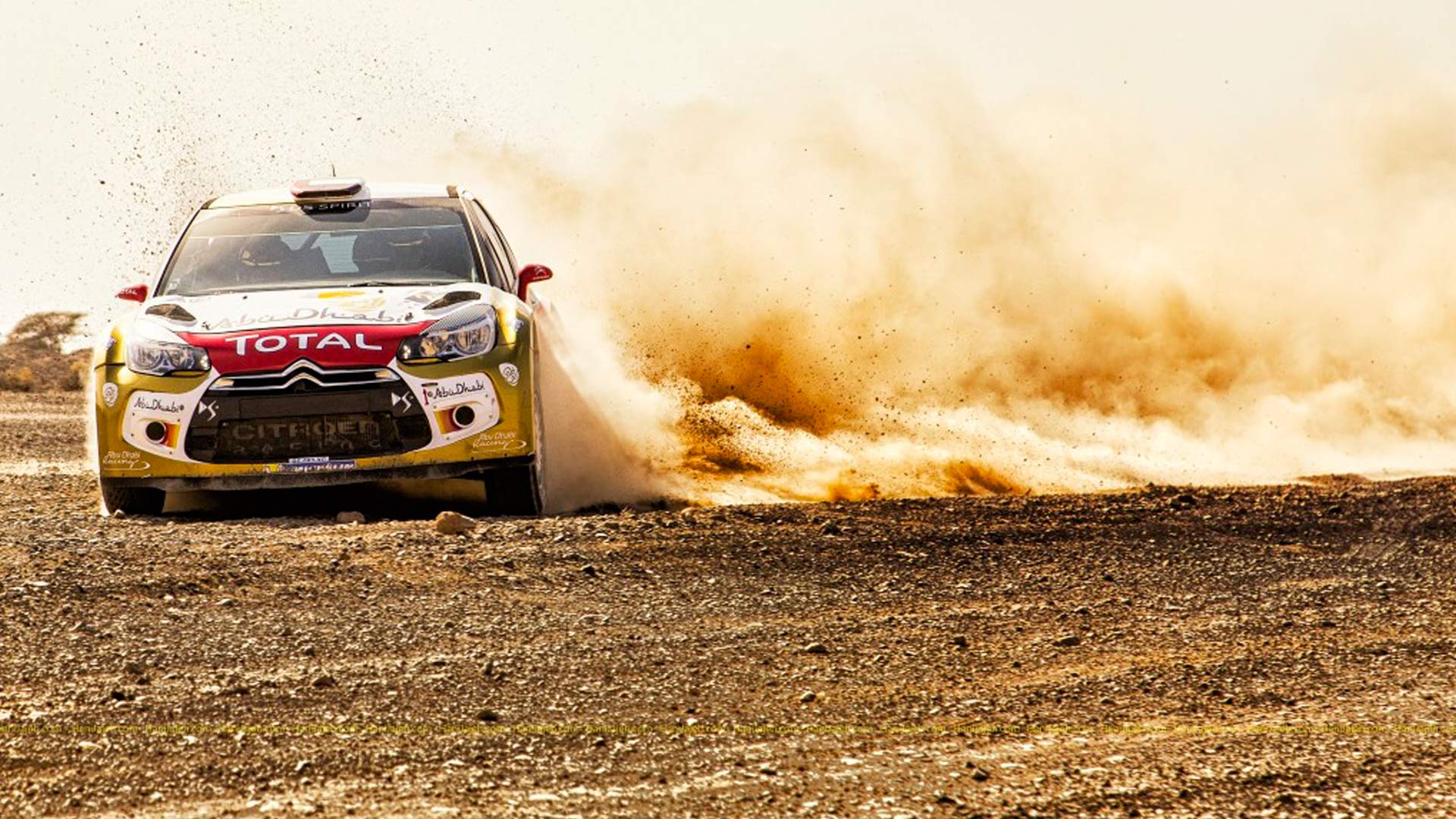
Anti-roll bars are installed into the underside of the vehicle to help supress body roll during tight (and light) cornering. These suspension components take forces applied to the suspension on one side of the car and apply it to the other. As the body rolls one way (and compresses the suspension), the other side gets similarly compressed, pulling the body back down and keeping it level. This results in the car’s body ‘squatting’ into a corner, rather than rolling over.
Suspension geometry is often implemented into how the wheel attaches to the car. Systems like double wishbone suspension employ a compact parallelogram design which results in the wheel staying perfectly upright throughout the entire suspension travel. This results in the wheel maintaining the largest contact patch on the road possible, maintaining grip
However, in car suspensions design, it seems as though you can only choose from 3 categories: Comfortable Ride, Great Handling, Cost efficient. You can have a car that rides well, but won’t necessarily be great for country roads. A car that will eat up the miles and demolish corners but you’ll feel every counter and bump and you’re going to pay a premium for it. Or you can have a cheap car that’s comfortable to drive, but you take life in your hands if you try to take a corner with any speed whatsoever.
The result is a unique situation where car manufacturers have created a driving experience to suit more or less any taste and any budget.
Whilst there is an upper end to that market, the technology within cars is of a standard that no matter what driving experience you’re after, the car’s active safety components along with the robustness of the steering mechanism itself, will keep you on the road, in comfort and (a varying degree of) style for mile after mile.


